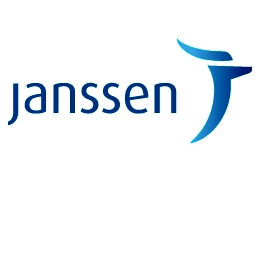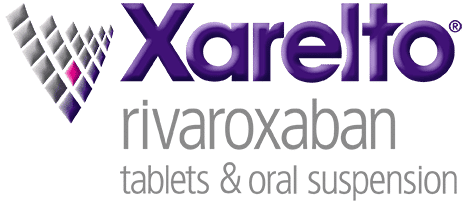Request Demo
Last update 16 May 2025
JNJ-74765340
Last update 16 May 2025
Overview
Basic Info
Drug Type AAV based gene therapy |
Synonyms AAV-RPGR, AAV5-hRKp.RPGR, Bota-vec + [9] |
Target |
Action- |
Mechanism RPGR gene transference, Gene transference(Gene transference) |
Therapeutic Areas |
Active Indication |
Inactive Indication- |
Originator Organization |
Inactive Organization |
License Organization |
Drug Highest PhasePhase 3 |
First Approval Date- |
RegulationFast Track (United States), Orphan Drug (United States), Orphan Drug (European Union), PRIME (European Union), Breakthrough Therapy (China) |
Login to view timeline
Structure/Sequence
Sequence Code 785813296

Source: *****
R&D Status
10 top R&D records. to view more data
Login
| Indication | Highest Phase | Country/Location | Organization | Date |
|---|---|---|---|---|
| X-linked retinitis pigmentosa | Phase 3 | United States | 04 Dec 2020 | |
| X-linked retinitis pigmentosa | Phase 3 | Belgium | 04 Dec 2020 | |
| X-linked retinitis pigmentosa | Phase 3 | Canada | 04 Dec 2020 | |
| X-linked retinitis pigmentosa | Phase 3 | Denmark | 04 Dec 2020 | |
| X-linked retinitis pigmentosa | Phase 3 | France | 04 Dec 2020 | |
| X-linked retinitis pigmentosa | Phase 3 | Israel | 04 Dec 2020 | |
| X-linked retinitis pigmentosa | Phase 3 | Italy | 04 Dec 2020 | |
| X-linked retinitis pigmentosa | Phase 3 | Netherlands | 04 Dec 2020 | |
| X-linked retinitis pigmentosa | Phase 3 | Spain | 04 Dec 2020 | |
| X-linked retinitis pigmentosa | Phase 3 | Switzerland | 04 Dec 2020 |
Login to view more data
Clinical Result
Clinical Result
Indication
Phase
Evaluation
View All Results
Phase 3 | 58 | wyldktyzqz(turqvmgznq) = the trial’s primary endpoint of improvement in the ability of patients to visually navigate through a virtual maze was not met. cxvrlfipxd (kunbfqpjrr ) Not Met | Negative | 05 May 2025 | |||
Phase 1/2 | 45 | natbxfxfek(bndiipdwsy) = 3 SAEs were observed in the dose-escalation phase of the study (n=10; one retinal tear and one panuveitis in the low dose cohort) jfysgnfncu (qskhhhwyrb ) | Positive | 28 Jun 2022 | |||
Phase 1/2 | - | AAV5-RPGR gene therapy | ctdufjuywp(rlluqstolm) = mjaqlaqwdz ufcwyweylp (gkjgkzhuzl ) | - | 01 May 2022 |
Login to view more data
Translational Medicine
Boost your research with our translational medicine data.
login
or

Deal
Boost your decision using our deal data.
login
or

Core Patent
Boost your research with our Core Patent data.
login
or

Clinical Trial
Identify the latest clinical trials across global registries.
login
or

Approval
Accelerate your research with the latest regulatory approval information.
login
or

Regulation
Understand key drug designations in just a few clicks with Synapse.
login
or

AI Agents Built for Biopharma Breakthroughs
Accelerate discovery. Empower decisions. Transform outcomes.
Get started for free today!
Accelerate Strategic R&D decision making with Synapse, PatSnap’s AI-powered Connected Innovation Intelligence Platform Built for Life Sciences Professionals.
Start your data trial now!
Synapse data is also accessible to external entities via APIs or data packages. Empower better decisions with the latest in pharmaceutical intelligence.
Bio
Bio Sequences Search & Analysis
Sign up for free
Chemical
Chemical Structures Search & Analysis
Sign up for free





